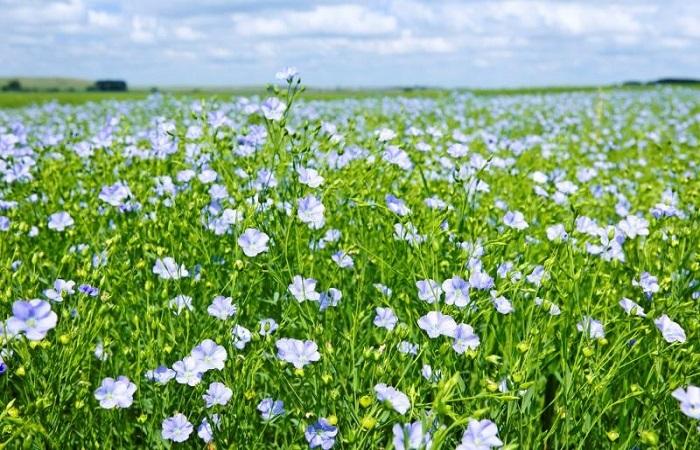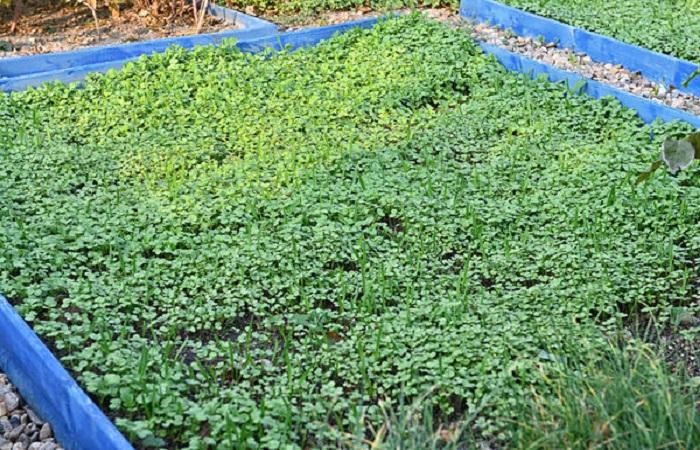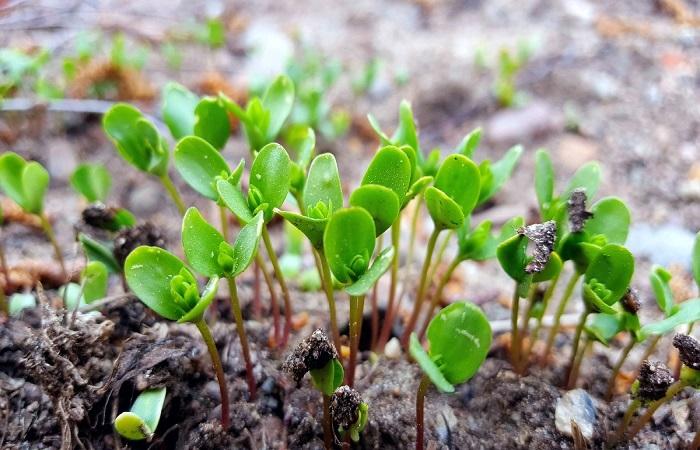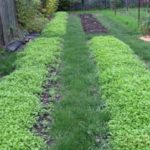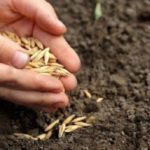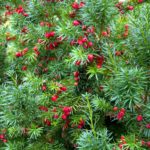Flax is a common annual plant that belongs to the flax family. It has been cultivated since ancient times for its seeds, oil and fabric. Relatively recently, the practice of growing flax as green manure began to be practiced. The leaves of this crop produce tannins, which repel Colorado potato beetles and other parasites. That’s why flax is often planted near potato beds.
The benefits of flax as green manure
Flax began to be used as green manure relatively recently. This is due to the fact that the crop does not produce a large amount of greenery. In addition, its seeds are quite expensive.However, the culture helps structure the soil and saturates it with organic matter.
In addition, the plant can grow in all types of soil. The only exception is acidic types of soil. In addition, the crop shows high frost resistance parameters. It is permissible to plant it already in April, when the temperature reaches +7-8 degrees. In practice, the crop is allowed to be sown even at +2-5 degrees, since it is not afraid of return frosts.
But, in general, the timing and characteristics of planting flax as green manure are determined by the climate of the region. In temperate zones, experts advise planting seed in the soil at the end of August. Thanks to this, the plant will help achieve the following effects:
- saturate the soil with valuable substances;
- protect plantings of cultivated plants from harmful insects;
- structure the soil.
Its disadvantages
Despite the obvious benefits of flax, it has some disadvantages. The plant needs careful care. It is permissible to plant the crop only in alkaline soil - it will not fully develop in acidic and heavy soil.
Sandy types of soil are slightly more suitable for flax. However, in this case it is necessary to additionally apply mineral fertilizers. The fact is that the crop will require more nutrients before flowering - at the moment when it needs to be cut and incorporated into the soil.
To make green fertilizer more valuable, flax needs to be fed with nitrogen and phosphorus substances. It is important to strictly follow the dosage.
Another important condition when growing flax is the correct choice of bed. It is best to plant the plant in sunny areas. In the shade there is a risk of slowing down its development.
In what cases is it used?
Flax plant matter has the same nutritional value as other types of green manure. This universal green fertilizer is suitable for any plants. It is especially effective when growing winter cereals and potatoes.
When using a plant as a green manure, it is important to take into account a number of features. This is a rather fastidious crop that does not develop in acidic or clayey soil. In addition, the plant is considered to be very moisture-loving.
However, when growing flax as green manure, it is considered less demanding than other plants. The culture grows well in moist soils. It can be planted in sandy or loamy soil. When planting flax on a well-groomed area without weeds, there are no specific features in caring for it. The culture develops in the same way as other green manures.
Seed consumption rate for planting
In order for the plant to develop normally, it is important to sow it correctly. When planting a crop as green manure on 1 acre, it is recommended to take 300 grams of seed material.
After the seeds are uniformly scattered, the soil needs to be harrowed to cover the grains with a layer of soil. The fact is that flax does not germinate well in sunlight. During the growing season, it is recommended to control crops, as they often encounter fungal pathologies. To avoid the spread of pathogens, it is recommended to treat plantings with fungicidal preparations.
When flax is cut
The first shoots appear after 1-2 weeks. Moreover, 1.5 months after planting, flax begins to bloom. It is recommended to mow the plants during the formation of buds - before flowering begins. At the same time, it is necessary to embed its green fragments into the fertile soil layers 14 days before planting the seeds of garden plants.
Using flax as green manure brings great benefits to the garden. This plant perfectly structures the soil and helps saturate it with valuable substances. At the same time, it is important to strictly adhere to the rules of planting work and provide the plant with complete and high-quality care.


